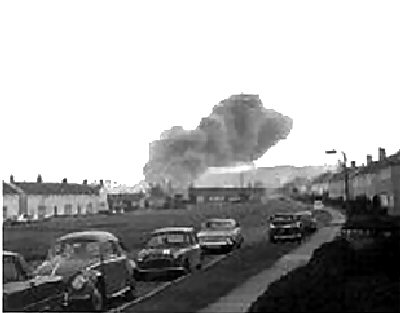We thought it necessary to put our video of the Newry Civil Rights March (6 Feb 1972) in context. Our journalist Tom McKeown shot this short footage (more will follow) in 8mm cine. It was exactly a week after
‘Paddy O’Hanlon and John Hume proposed another march in
In the week leading up to it they were constantly house-hopping for fear of arrest. They had two main headquarters, Shamrocks Hall in Boat Street and Derrybeg Community Centre.
‘I worked out eleven different routes. My plan was to hold the march and ensure that the crowd did not see the Army at any stage. At all costs we had to avoid confrontation.’
After
‘if anyone even looked like causing trouble they were to ‘chin’ them immediately – put them out of action.’
Seamus Mallon and members of the Christian Brothers were empowered to pick up people whom
The main Assembly Point was in Derrybeg’s Main Avenue (our first clip shows marchers emerging from Main Avenue on to Camlough Road). The March would, if possible, proceed via Monaghan Street for a rally in the Town Centre but out of sight of the Army barricades. Some stewards were equipped with two-way radios. They were instructed to marshal people in 8-strong lines and to maintain that format. Tensions were high.
When it was learned that the RUC/British Army had placed a barricade across Monaghan Street the decision was taken to divert into The Meadow Estate via the Pighall Loanan.
Immediately the tension was relieved and almost a carnival atmosphere reigned. The 8-abreast format could not be maintained on the narrow lane and people got up-close-and-personal! The milling crowd eventually emerged on to Orior Road, turned right and spilled into the natural amphitheatre bounded by Slieve Gullion Road and Iveagh Crescent. When the stewards resumed their marshalling they insisted that the early marchers circle anti-clockwise to allow the main marchers room to fill the ‘greens’. Some were reluctant, recognising that ‘those who were first would now become last’ – that is, two hundred yards away from the Platform Speakers. Still they graciously accepted the situation.
The rear-markers, from their lofty position back at The Wheel and stretching back as far as Derrybeg, could read the whole situation and sense the control. Peace and goodwill reigned.
The Speakers included McShane, Tom Driberg, British Labour M.P. Bernadette Devin M.P. Frank McManus M.P. and Michael Keogh M.P.
The rear garden ‘entries’ dotting the 4-house blocks in their centres, facilitated marchers requiring toilets! Buckets and pails came into their own. (Your editor’s home overlooking the 80,000 strong rally was, like all the others, thrown open to people of every race and nationality. Gee, we even had a famous movie actress use our humble toilet facilities! – Editor!!)
Everyone treated the day as a vindication of their stand against the slaughter of the previous Sunday. There was not a single violent incident.
It was the
